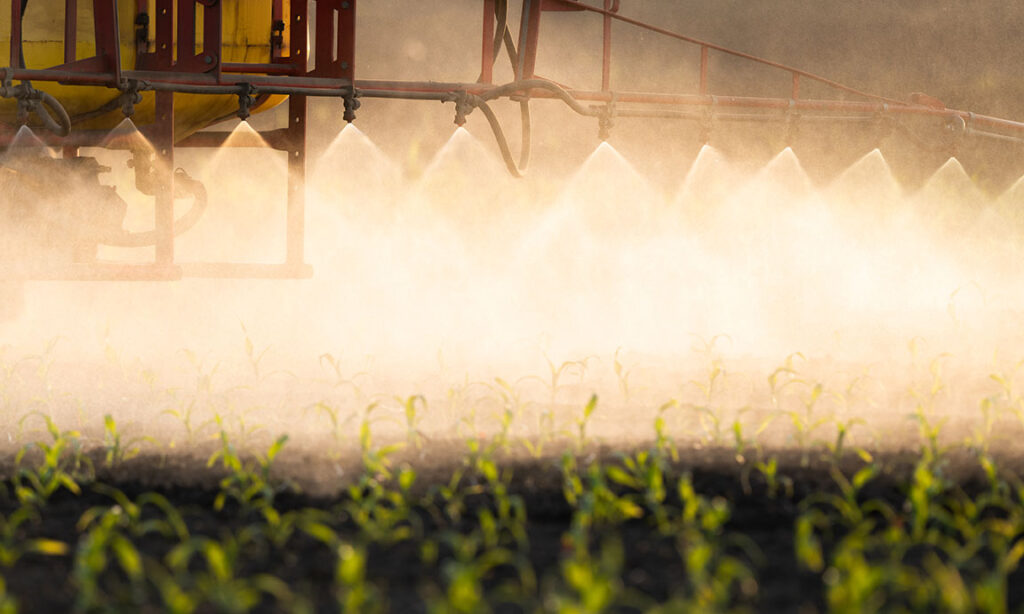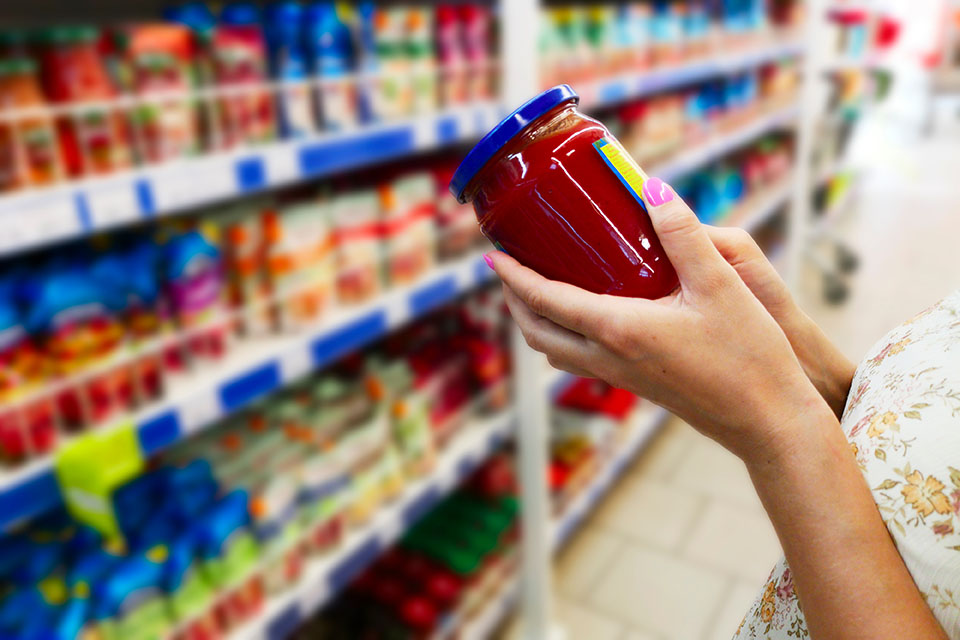 Article
Article 
FDA Evaluation of Red Colorant Forthcoming
All color additives in the United States must be approved by the Food and Drug Administration (FDA) prior use in food and drugs. In addition, the post-market assessment of color […]
 Article
Article 
Reclaiming Sustainability: Combating Greenwashing and Embracing Transparent, Deforestation-Free Supply Chains
By Sureyya Topaloglu, Regulatory Researcher and Regulatory Trends Consultant To stay updated on the latest industry developments, such as the Organic Food and Food Sustainability Digest or the Packaging Sustainability […]
 Article
Article 
Food Safety & Food Fraud Quarterly E-newsletter
Our Food Safety and Food Fraud Quarterly E-newsletter provides a quarterly update of the top food safety issues, the latest food safety and food fraud news and helpful resources for […]
 Article
Article 
Food Safety Threats: Recent Outbreaks Across Food Categories
For more information on food safety risk monitoring, subscribe to Ingredient Risk Identification by HorizonScan. By Gul Basak Kiroglu, Regulatory Trends Product Manager Food safety remains a central concern in […]
 Article
Article 
The Art of Deception: Food Fraud and How to Combat It
By Aslı Tuncer Madge, Regulatory Researcher and Regulatory Trends Consultant Imagine this: A product your company proudly manufactured is suddenly in the news because one of your suppliers used counterfeit […]
 Article
Article 
Six Benefits of Digital Tools in Food & Beverage Innovation
To maintain a competitive edge in today’s rapidly evolving food industry, companies must be able to quickly adapt to meet regulatory and consumer demands. Traditional methods of managing New Product […]
 Article
Article 
US FDA Extends Comment Period for Sodium Reduction Guidance
Excess sodium consumption is associated with negative health effects such as cardiovascular disease, high blood pressure and stroke. The US FDA is seeking to reduce U.S. average sodium intake by […]
 Document
Document 
Regulatory Outlook: Key Updates in Food Labeling & Formulation
In this e-book, we guide you through the latest regulatory developments in the U.S. and Canada affecting the food industry, provide comments from industry experts including members of the International […]
 Document
Document 
Navigating EU Pesticide MRL Requirements and Impact of the Farm to Fork Initiative
The European Union’s Farm to Fork Strategy, part of the EU Green Deal, is poised to present significant challenges to the food industry. Our whitepaper provides a guide to navigating […]



